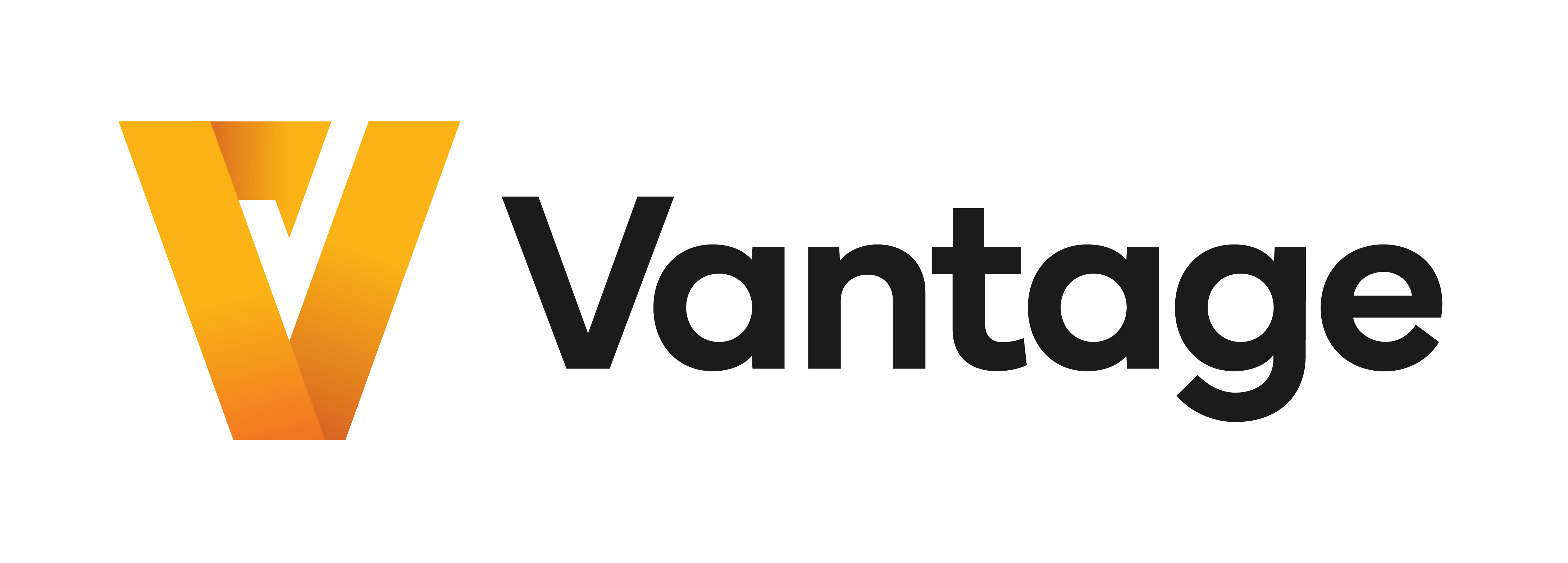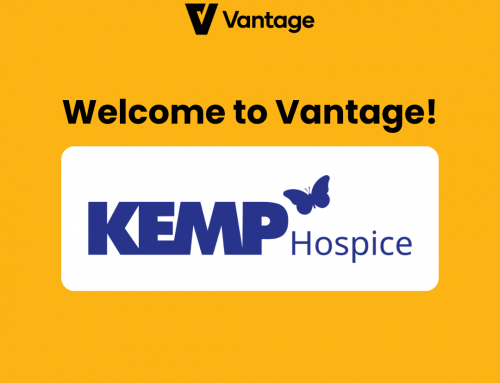
In today’s dynamic business landscape, effective risk management is vital for the long-term success and sustainability of any organisation. To mitigate risks and make informed decisions, businesses must rely on comprehensive and effective risk management software. However, with a multitude of options available in the market, selecting the right software can be a daunting task. This blog post aims to guide you through the process of choosing the right risk management software by highlighting key considerations and essential features that should be on your radar.
Understanding your risk management needs
Before diving into the software selection process, it is crucial to assess your organisation’s specific risk management needs. Consider factors such as the nature of your business, industry regulations, compliance requirements, and the level of risk complexity. Identifying your unique needs will help you prioritise the features and functionalities required in the software and will help you make a more informed decision.
Key features to consider
After understanding your requirements It is important to consider a number of key features when browsing different software options, below are a number of features to look out for during your selection process:
Scalability and Flexibility: As your business grows, so will your risk management needs. Therefore, it is important to choose a software solution that is scalable and flexible. Look for software that can accommodate your expanding risk landscape and adapt to changing business requirements. Scalability ensures that the software can handle increased data volume, user growth, and changes in business processes.
Customisation: Not every ‘off-the-shelf’ risk management solution is going to be right for your organisation. Therefore, it is vital that the software can be customised to your specific requirements and adapted to your unique workflows. Without this, your organisation risks recording data that is not relevant to you, therefore, wasting time, negatively impacting the quality of your risk data, risk reporting and the subsequent decisions made.
User-Friendly Interface and Ease of Use: To ensure successful adoption and engagement, the chosen risk management software should have a user-friendly interface and be easy to use. The software should offer intuitive navigation, clear workflows, and customisable dashboards. Training and onboarding should also be considered to minimise disruption during the implementation phase.
Comprehensive Risk Assessment and Reporting: An effective risk management software should provide robust capabilities for risk assessment and reporting. Look for features such as customisable report builders, risk scoring methodologies, risk categorisation, and configurable risk registers. The software should also generate insightful reports and dashboards that enable stakeholders to make informed decisions and track any changes to risks based on real-time data.
Controls and Risk Mitigation: It is important to have a risk management solution that can effectively manage the controls that mitigate your risks. The software should have the capabilities to record, track and manage a clear action plan outlining new or existing controls in place designed to lessen the impact of your organisations risks. This ensures that your organisation has a clear understanding of the steps and controls in place should a high level risk occur.
Automatic Notification and Alerts: Keeping key stakeholders informed of any changes to a risk is crucial in managing them effectively. The software should have comprehensive notifications and alerts that trigger to the relevant individuals, keeping them informed and allowing them to react to any changes in a timely manner.
Data Security and Privacy: Risk management involves handling sensitive and confidential data. Therefore, security and privacy features are paramount. Look for software solutions that offer robust access controls, user permissions, and regular security updates.
Vendor Support and Reputation: The reputation and reliability of the software vendor are critical factors to consider. Evaluate the vendor’s experience in the risk management software market, their customer support, and their commitment to product updates and enhancements. A reputable vendor will provide ongoing support, training, and responsive customer service to address any issues that may arise.
Making the right decision
Choosing the right risk management software is a decision that requires careful consideration. By assessing your organisation’s needs, focusing on scalability, usability, comprehensive features, customisability, effective reporting, data security, and vendor reputation, you can select a software solution that aligns with your risk management goals and objectives. Remember that investing time and effort into the selection process will pay off in the long run, enabling you to proactively manage risks and drive sustainable business growth.










